- Home
- Machining techniques
- CNC Machining Services
- Cooperative supply services
- Designs
- Materials
- Finishing Services
- Shop
- Products
- Guide
- About Us
- Contact Us
2021.2.7
What Is The Process Of Aluminum Anodizing
The so-called anodization of aluminum is a kind of electrolytic oxidation process, in which aluminum or aluminum alloy products are used as anodes and put into electrolyte solution for power on treatment, and the aluminum oxide film is formed by electrolysis, which is called anodization of aluminum (aluminum alloy). In this article, we will talk about the basics of aluminum anodizing process, covering the application, treatment process and manufacturing of anodizing.
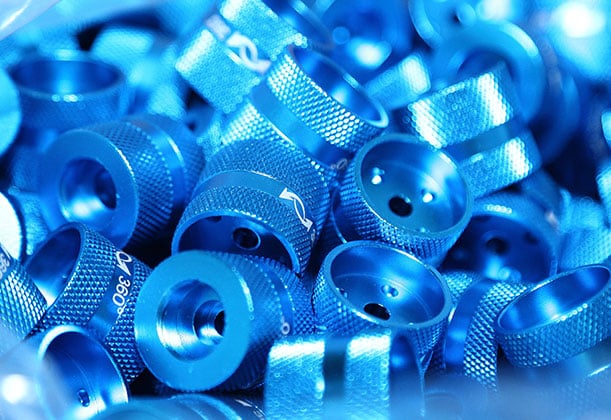
Aluminum Anodizing Process Application
After anodizing, several micrometers and hundreds of micrometers of oxide film can be formed on the surface of aluminum. Compared with the natural oxide film of aluminum alloy, the corrosion resistance and decorative properties are obviously improved. Nonferrous metals or their alloys (such as aluminum, magnesium and their alloys) can be anodized. This method is widely used in CNC machining parts, aircraft and vehicle parts, precision instruments and radio equipment, daily necessities and architectural decoration.
Anodizing Treament Process of Aluminum Surface
No matter what method is used to process aluminum materials and products, there will be different degrees of dirt and defects on the surface, such as dust, metal oxidation, metal oxidation (natural or aluminum oxide foil film formed at high temperature), residual oil, asphalt marks, manual handling fingerprints (mainly composed of fatty acids and nitrogen-containing compounds), solvents, corrosion salts, metal burrs, etc Slight scratch, scratch, etc. Therefore, before the oxidation treatment, it is necessary to clean the surface of the product by chemical and physical methods, which can clean the metal matrix and facilitate the smooth progress of oxidation coloring. Therefore, the artificial film with the best corrosion resistance, wear resistance and weather resistance can be obtained.
Degreasing
There are organic solvent degreasing, surfactant degreasing, alkaline solution degreasing and acid solution degreasing on the surface of aluminum and aluminum alloy. Electrolytic degreasing, emulsion degreasing.
Alkali Etchant
The alkaline etchant is a process of surface cleaning of aluminum products in sodium hydroxide solution with or without other substances, which is also known as alkaline corrosion or alkaline cleaning. Its function is as a supplementary treatment after degreasing by some degreasing methods, so as to further clean up the oil dirt attached on the surface, remove the natural oxide film and a slight scratch on the surface of the product. Thus, the pure metal matrix of the product is exposed, which is conducive to the formation of anode film and obtaining high-quality film. In addition, by changing the composition of the solution, temperature, treatment time and other operating conditions, smooth or satin matte or glossy etched surfaces can be obtained. The basic composition of etching and washing solution is sodium hydroxide, in addition, regulators (NaF, sodium nitrate), scaling inhibitors (gluconate, heptane, tartrate, Arabic gum, dextrin, etc.), multivalent chelating agents (polyphosphate) and detergents are added.
Neutralization And Water Cleaning
After etching and washing, the gray or black hanging ash on the surface of aluminum products will not dissolve in cold or hot water washing, but it can dissolve in acid solution. Therefore, the products etched and washed by hot alkali solution have to be cleaned by acid leaching to remove hanging ash and residual alkali solution, so as to expose the bright basic metal surface. This process is called neutralization, luster or gloss treatment. The process is to soak the product in 300-400g / L nitric acid (1420kg / m3) solution at room temperature. The soaking time varies with the metal composition. Generally, the soaking time is 3-5 minutes.
The hanging ash on aluminum alloy products containing silicon or manganese can be treated with a mixture of nitric acid and hydrofluoric acid with a volume ratio of 3:1 at room temperature for 5-15 seconds. The neutralization treatment can also be carried out at room temperature in a solution containing 300-400 g / L nitric acid and 5-15 g / L chromic oxide or a solution containing 100 g / L chromic oxide plus 10 ml / L sulfuric acid (1840 kg / m3). The purpose of water cleaning in each process is to thoroughly remove the residual liquid and water-soluble reaction products on the surface of products, so as to prevent the tank liquid from being polluted in the next process and ensure the treatment efficiency and quality.
Most of them are cleaned with cold water once. But the products after alkali corrosion are generally cleaned by hot water, followed by cold water. The temperature of hot water is 40-60 ℃. The neutralized products can be oxidized after water cleaning, so this cleaning should be particularly careful to prevent the clean surface from being polluted. Otherwise, the effective treatment of the previous processes may be wasted due to improper cleaning. After neutralization and water cleaning, the product should be oxidized with the surface. Stay in the air should not be too long, such as stay 30-40 minutes, products need to be re-etched and neutralized.
Anodizing Treatment
The natural alumina on the surface of aluminum products is soft and thin with poor corrosion resistance, which can not be an effective protective layer and is not suitable for coloring. The artificial oxide film is mainly made by chemical oxidation and anodic oxidation. Chemical oxidation is the reaction of part of the base metal of aluminum products in weak alkaline or weak acid solution, which thickens the natural oxide film on the surface or produces some other passive films. The common chemical oxide films are chromic acid film and phosphoric acid film, which are thin and have good adsorption, and can be colored and sealed. Compared with anodic oxidation film, chemical oxidation film is much thinner, with low corrosion resistance and hardness, and it is not easy to color, and the light resistance after coloring is poor, so the coloring and color matching of metal aluminum only introduces anodizing treatment.
Manufacturing Of Anodic Oxide Film
The general principle of anodic oxidation film formation is that aluminum or aluminum alloy products are placed in electrolyte solution as anode, and aluminum oxide film is formed on the surface by electrolysis, which is called anodic oxidation treatment of aluminum and aluminum alloy. The cathode of the device is made of materials with high chemical stability in electrolytic solution, such as lead, stainless steel, aluminum, etc. The principle of aluminum anodization is essentially the principle of water electrolysis. When the current passes through, hydrogen is released on the cathode; on the anode, the oxygen precipitated is not only molecular oxygen, but also atomic oxygen (o) and ionic oxygen, which is usually expressed as molecular oxygen in the reaction.
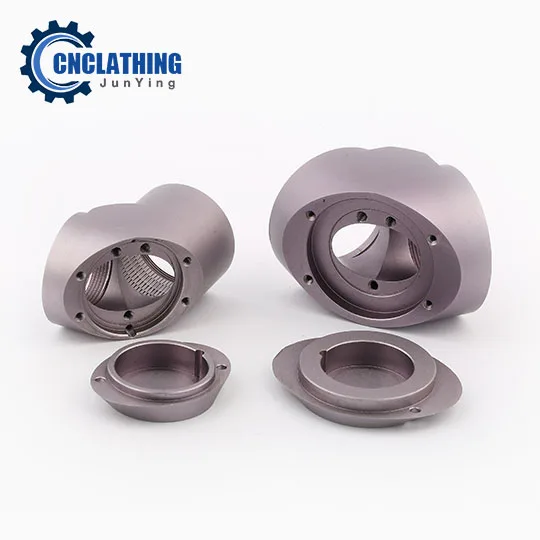 Understanding Type 3 Hard Coat Anodizing: Thickness, Colors, Applications, Process & Comparison with Other Types
Understanding Type 3 Hard Coat Anodizing: Thickness, Colors, Applications, Process & Comparison with Other Types
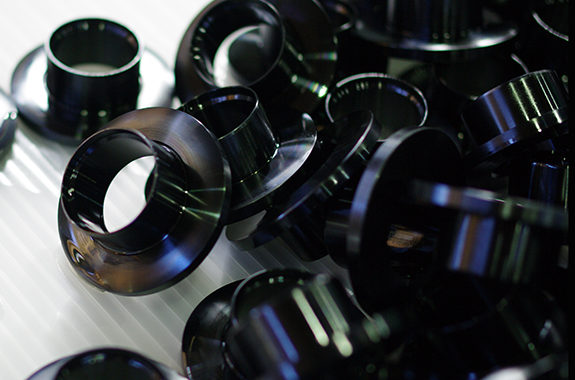 Triiron Tetraoxide Coating on Steel: Principles, Advantages, Applications
Triiron Tetraoxide Coating on Steel: Principles, Advantages, Applications
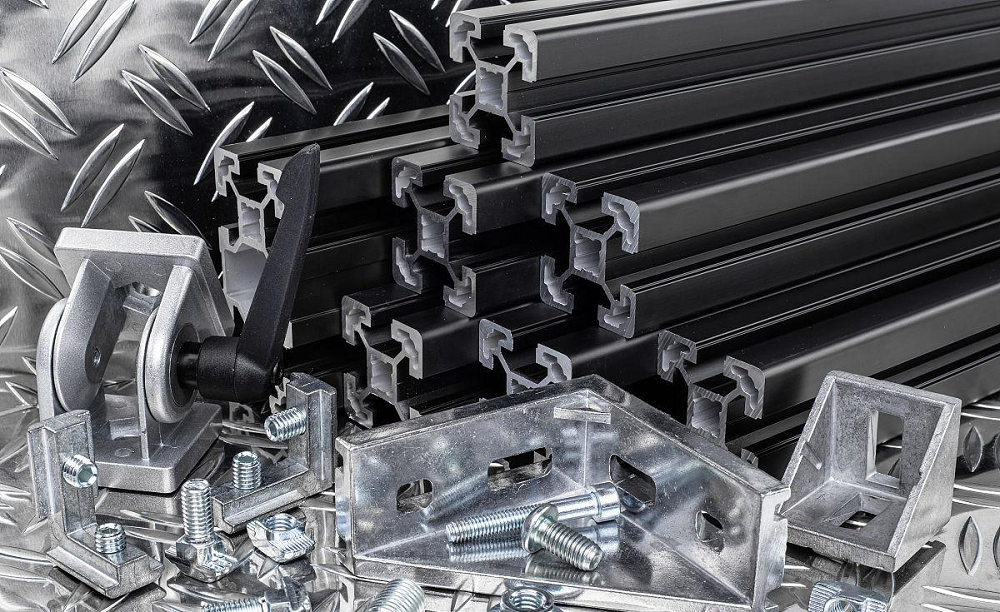 Black Anodizing Process, Benefits, Uses & How To Black Anodized Aluminum/Titanium?
Black Anodizing Process, Benefits, Uses & How To Black Anodized Aluminum/Titanium?
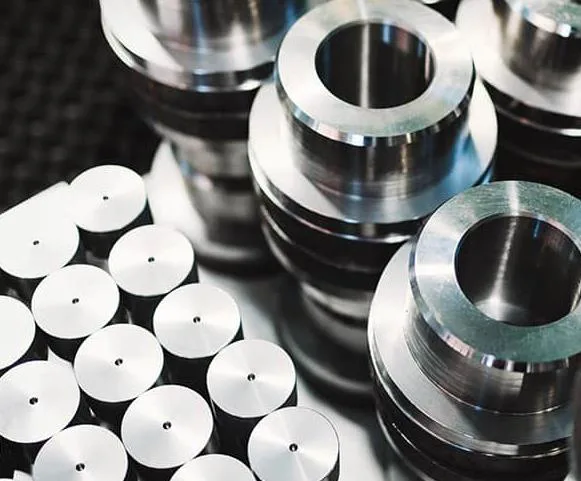 What Is Alodine (Chem Film) – Alodine Coating Thickness, Process, Types & Chem Film vs Anodize
What Is Alodine (Chem Film) – Alodine Coating Thickness, Process, Types & Chem Film vs Anodize
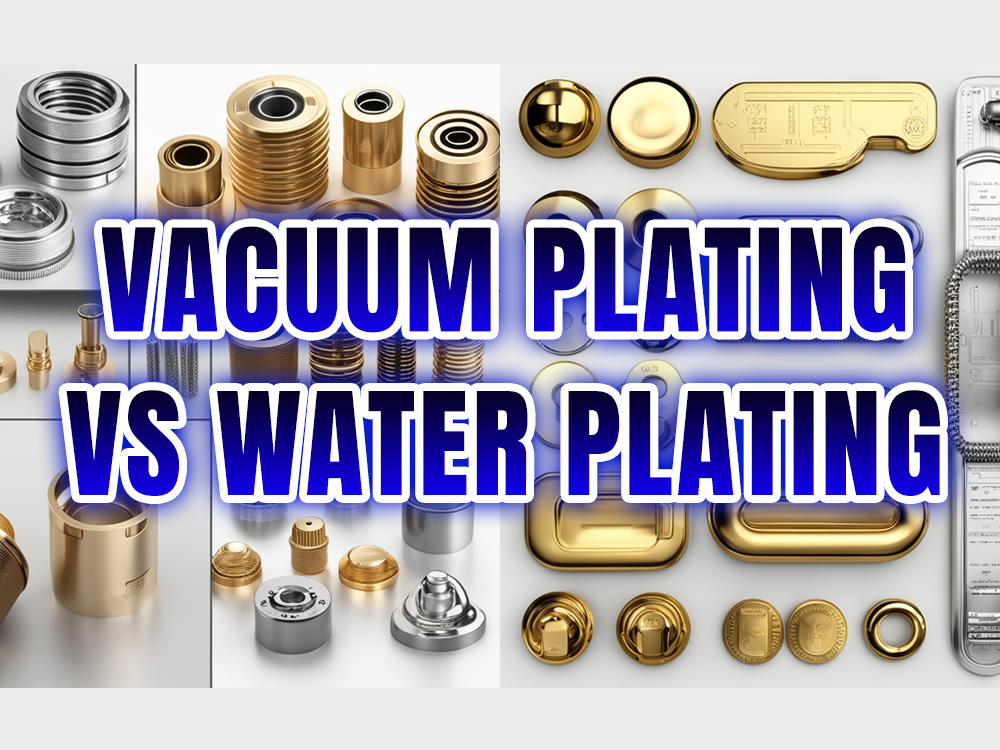 Vacuum Coating vs Water Coating: Different Between Vacuum Metalizing and Electroless Plating
Vacuum Coating vs Water Coating: Different Between Vacuum Metalizing and Electroless Plating
 What is Anodizing & Anodization | Junying Custom Metal Finishing Services
What is Anodizing & Anodization | Junying Custom Metal Finishing Services
